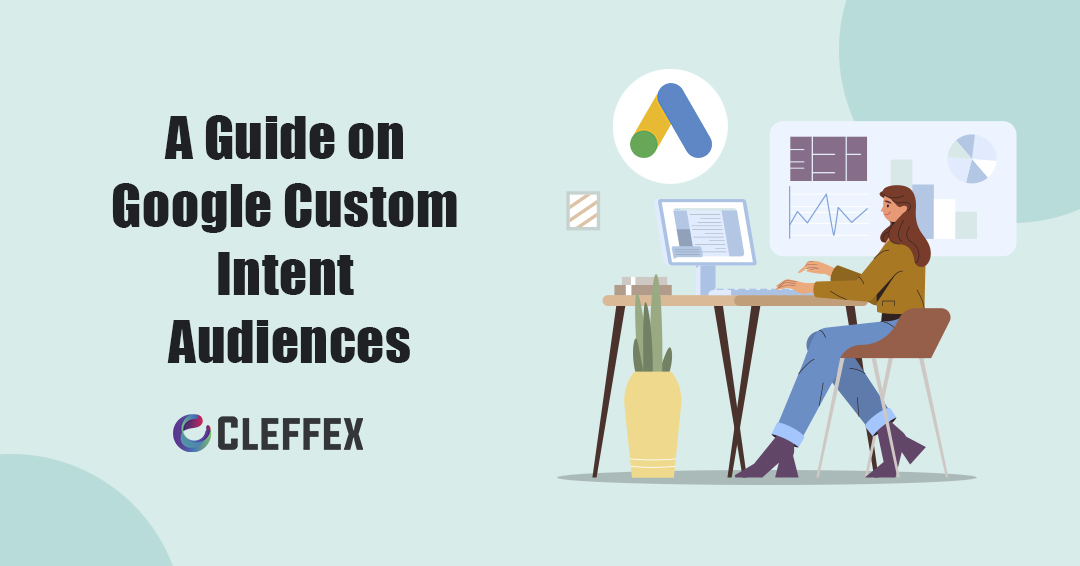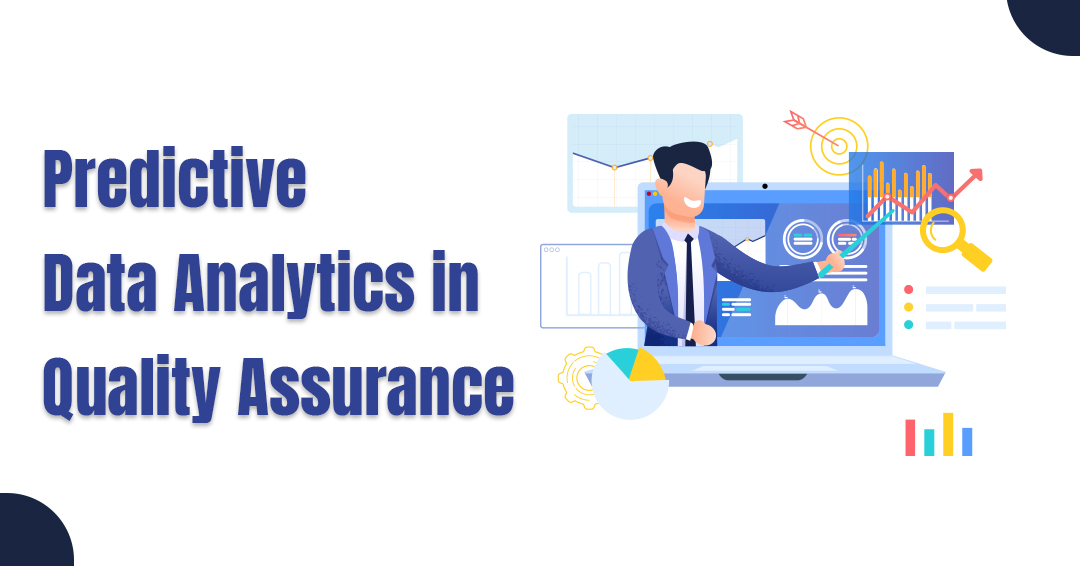The need for Google Custom Intent Audiences is considered in the scenario of promoting your products to buyers online. You do it and some people might not even be looking for the same. Even with the assistance of a skilled digital marketing company, no amount of visibility or ad money will ensure a conversion when there is a lack of intent to buy.
When it comes to enhancing digital marketing campaigns, this is a major concern. Some ads that run via digital marketing services might be marketed to the wrong audiences, resulting in wasted ad money. Google is a prominent player, the pack leader in online advertising with its Google Ads platform (formerly known as AdWords).
The tech behemoth knows well about this through valuable ad data and is constantly bringing new ways to improve the effectiveness of its ad technologies and campaigns. And the result? Google Custom Intent Audience feature is born! One of its features is to increase conversions by exploiting search intent data.
Google Custom Intent Audiences: Key Functionality
Custom intent audiences feature assists marketers in targeting consumers that are in the market to purchase. Rather than focusing on users’ basic interests and demographics, it takes it one step higher for any digital marketing company.
Google custom intent audiences ads target people who are currently looking for certain products or services online. Advertisers can reach the correct buyers rather than just random internet surfers by optimizing their ads using:
- Relevant keywords
- Competing URLs
- Competitor app downloads/purchases
Value Proposition of Custom Intent Audiences
There are several benefits to using it to improve ad campaigns. Advertisers and digital marketing services providers can not only enhance their conversion rates, but they can do so without spending more money on Google Ads.
Custom intent audiences provide the following major value propositions:
- Saves money by not displaying ads to irrelevant or users that have no intention of purchasing
- A digital marketing company can drive more ad focus on customers who are ready to buy or researching products and services
- Connecting over to new customers who may not be among the target demographics for affinity ads
- Direct competition for customers with companies supplying similar products and services
- Helps an online marketing agency to show ads to customers who have recently looked for comparable goods on mobile apps and websites
Google Custom Intent Audiences: Best Practices
1. Addressing Google Ad Goals
If you only want to market, you may not need to employ Google custom intent audiences.
Better outcomes can be obtained by using the basic Google Ads affinity audiences option, which targets internet users based on their general interests. This will ensure that more people see your adverts, and if the ad campaign is pay-per-click, it will make it more inexpensive.
2. Researching and Learning
Some Google Ads customers who haven’t researched custom intent audiences may be unfamiliar with them. As with any new sort of marketing campaign, study up on how it works first.
3. Performing Keyword Research
It is critical to conduct appropriate keyword research ahead of time to achieve the optimum ad campaign engagement and outcomes.
A variety of free and paid tools are available to you. To get the most exposure, look for top-ranking keywords that are also moderate to easy to rank for.
4. Understanding the Different Types of Ads
Google Ads allows you to build a variety of digital adverts. Understanding which ad kinds to use for your Google custom intent audiences campaign helps assure its success.
5. Investing in Search Engine Optimization
You can also boost the effectiveness of your Google custom intent audiences advertising by increasing SEO on them as well as your associated website, product listing, or app.
SEO includes your written Google custom intent audiences ad text, the quality of your ad visuals, and the relevancy of your ad.
6. Understanding Your Ad Bid Ranges
By selecting the appropriate PPC bid values for your sector, you can ensure that your ad campaigns reach Google custom intent audiences. Each sector has a different optimum cost-per-click (CPC). If you configure your adverts to be less expensive, they may struggle to attract bids and be seen by potential purchasers.
Ideally, you should use a digital marketing firm to assist you in setting more sophisticated campaigns. It may help you decide which keywords, URLs, and applications to include, as well as how much to spend on your PPC ads. A marketing firm may assist you in determining bid ranges and creating efficient online marketing campaigns.
7. Understanding Your Competitors
Since Google Ads’ custom intent audiences feature will allow you to target competitors’ customers in campaigns, you must first understand how to identify them. Look for the top firms in your niche online using the keywords you want to employ in your marketing campaigns.
8. Ads Optimization
Ad content, which includes visuals, pictures, calls-to-action, and descriptions, is an essential component of advertisements. While it is critical to optimize your ad audiences with Google Ads custom intent audiences in order to achieve results, you must also ensure that the material in your advertisements is appropriate for the purpose and audience with the proper approach to content marketing.
9. Separately Create Your Custom Intent Audiences
On an ad campaign, you may normally employ more than one Google custom intent audiences setup. There’s no reason to put all of your eggs in one basket. Separate and group terms that are similar.
For each grouping, you may establish a separate Google custom intent audiences setup. Then, mix and combine these with ads. You can also test and better define what works and what doesn’t by separating the configurations.
10. Familiarize Yourself with the Settings
It is critical to understand the sorts of keywords and URLs to utilize in Google Ads custom intent audiences campaigns.
Another strategy to improve Google custom intent audiences is to include competitor URLs that are relevant to your industry, region, and company.
Including apps from your top competitors is also a good idea.
Configuring Google Custom Intent Audiences
It’s simple to create Google custom intent audiences for your Google Ad campaigns. Simply follow these steps to begin advertising to internet users who intend to purchase your goods and services.
1. Go to Google Custom Intent Audiences.
Click “Tools & Settings,” then “Audiences” in your Google Ads account. Choose “custom intent” from the drop-down option under the “Custom Audiences” tab. You may also select “custom affinity” if you want to begin an affinity audience ad campaign.
2. Give Your Custom Intent Audience a Name
You may name the new audience on the Google Ads new custom intent audiences page. You may build and store several audiences to use in future ad campaigns. As a result, naming each is a smart idea in order to differentiate them later on.
3. Pick a Targeting Option
When you arrive at the Google Ads new custom intent audiences page, you’ll see a variety of options. One is called “Include people based on their:” and allows you to choose who you want to include. The drop-down menu for Google Ads targeting choices includes “Google search terms” and “In-market keywords.”
“In-market keywords” are the finest alternative for advertising trying to target potential purchasers. In-market keywords or segments target internet visitors who have been recognized as having a purchasing intent, maybe by looking up keywords or visiting websites that sell products and services.
4. Enter Keywords and URLs
It’s time to fine-tune your new Google custom intent audience now that you’ve created it. The URLs and keywords you investigated before will be useful here. Make a list of them before configuring Google custom intent audiences. If you only have one or two URLs and keywords, you may utilize the “Ideas” option to receive more recommendations.
5. Save Your New Configurations
You may save it once you’ve finished adding keywords and URLs and otherwise configuring your Google custom intent audiences. Click “Create” at the bottom of the screen to store your Google custom intent audiences. You can now use your new Google custom intent audiences setups in your ad campaigns or return later to change them.
What It Comes Down to…
By targeting consumers who are ready to buy, Google custom intent audiences help marketers efficiently focus their audience, reduce ad spending, and enhance conversions. Consult a digital marketing firm if you’re unclear where to begin with Google custom audiences campaigns.









